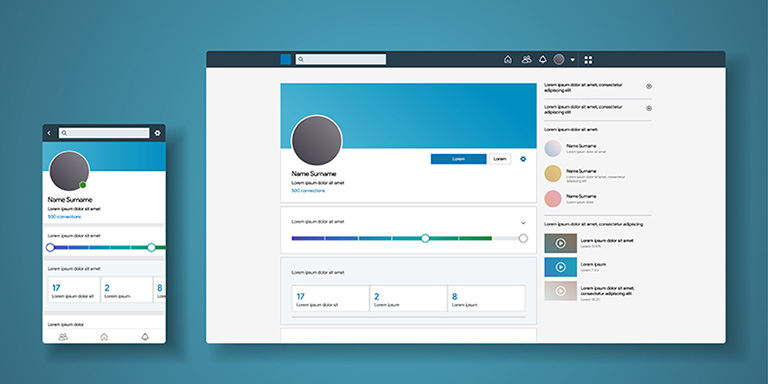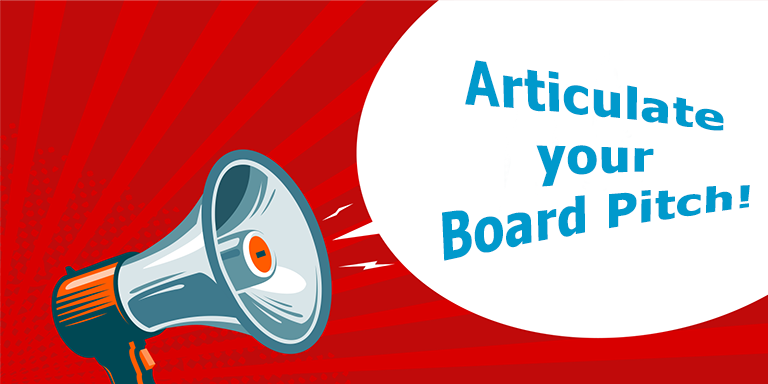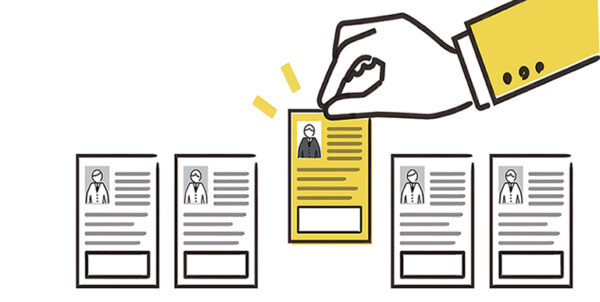How to use LinkedIn to get on a Board

LinkedIn is the most valuable tool you should use to get on a board. As a successful executive and/or director, you most likely have a presence on LinkedIn and understand how it works. However, most inspiring independent directors do not make the most of the platform and their LinkedIn profile to develop a board career.
Let me show you how!
Why use LinkedIn to get on a board?
Over the years, I have conducted a number of surveys asking current board directors how they were appointed to their most recent board roles. The results are always much the same:
- 65% said they were appointed through a personal connection;
- 15% were appointed by directly approaching a company or board;
- 10% were appointed via a recruiter and
- 10% were appointed by responding to an advertisement.
All 4 of these pathways can be leveraged using LinkedIn to get on a board.
Pathway 1 – personal connection
65% of people are appointed to boards via a personal connection (in some countries, this figure will be higher). Approximately 50% of these appointments are made via personal connections they rarely see. So, it is imperative that you make and maintain these weak connections. LinkedIn is the perfect platform to build these connections and networks.
LinkedIn is a professional, not a social network, which makes it even more valuable. It has over a billion members in 200+ countries and regions. Most people you should be connecting with are available in one place. You don’t have to seek out appropriate business networking events or attend boring cocktail parties and business breakfasts to find opportunities to cross paths with the right people and build valuable personal connections.
Pathway 2 – directly approaching a company or board
Once you have a list of target organizations and boards you aspire to serve, follow them on LinkedIn. Follow their business pages and staff. Sign up for their LinkedIn Newsletter. This way, you will keep up to date with what the organization is doing, plus you may get a heads up when board, committee and advisory board roles are available. To take this approach further, you should send connection requests to sitting and past board members and then nurture these connections.
Pathway 3 – advertised board role
LinkedIn is not only a professional networking platform; it is also a job board. Organizations use the platform for advertising vacancies and managing the application process. These vacancies include opportunities for board, committee, trustee and advisory board positions. You should take time to regularly browse the “Jobs” listed on the platform and set up custom “Job Alerts” so that you receive notifications when applicable vacancies are listed.
Pathway 4 – board recruiters and headhunter
Most recruitment firms and headhunters use LinkedIn to list roles. They will also use the platform to identify and contact potential candidates. If you take the time to ensure your LinkedIn profile is board-ready and includes your Board Profile, you will increase your chances of recruiters reaching out to you. You should also be proactive when it comes to recruiters. Follow relevant board recruitment firms’ “Business Pages” on LinkedIn and connect with individual board recruiters. Be mindful that many executive recruitment firms also conduct board recruitment.
Extra LinkedIn tips for aspiring independent directors
- When developing the right personal connections authentically, you must be clear on the names of the businesses/organizations you both want and can be appointed to. Once you are, the ‘who’ becomes more apparent and the ‘how’ easier still.
- It is not enough to just be connected on LinkedIn. Like many things, to get results, you must commit to the process by allocating time and establishing a strategy to implement.
- Be authentic and engaging. Introduce yourself and offer to help where possible. Don’t ask for a job!
- Use a professional and recent headshot.
- Ensure your LinkedIn profile represents your board skills, experience and ambitions. Tell people what you have to offer at the board level.
- Include relevant keywords.
- Ensure your Board Resume and LinkedIn profile are up to date and complementary and the information is mirrored.
- Include board qualifications and certificates.
- Add the Causes module if you are pursuing roles in the not-for-profit sector.
- Join relevant LinkedIn Groups.
In Summary
As you can tell, I am a big fan of LinkedIn. As an early adopter, I have 30,000+ professional connections. LinkedIn is the most valuable tool for getting a board seat. Moreover, it is the only place you can leverage all four pathways to a board appointment. LinkedIn is always open; you can target precisely those you want to speak with, and approaching people electronically takes far less courage than doing so in person.
For my Board Appointment Coaching Program—Plus clients, I show them how to develop a target organization list, find the right people to connect with, and give them the language to do so. We also develop their board profile and pitch, and I write their Board Resume.
Related Articles
How to get a board seat? The 4 ways they happen
How to write a powerful Board Profile
About the Author
David Schwarz is CEO & Founder of Board Appointments. He has over a decade of experience in putting people on boards as an international headhunter and recruiter. He has interviewed hundreds of directors and placed hundreds into some of the most significant public, private and NFP director roles in the world.







Responses